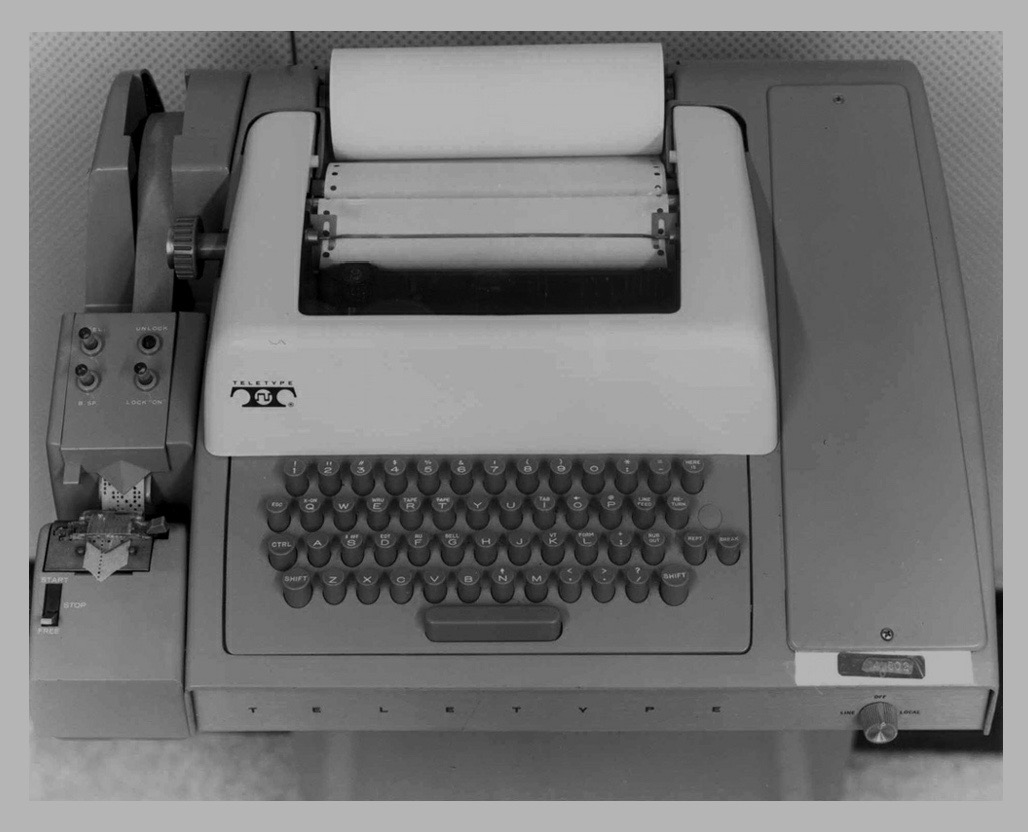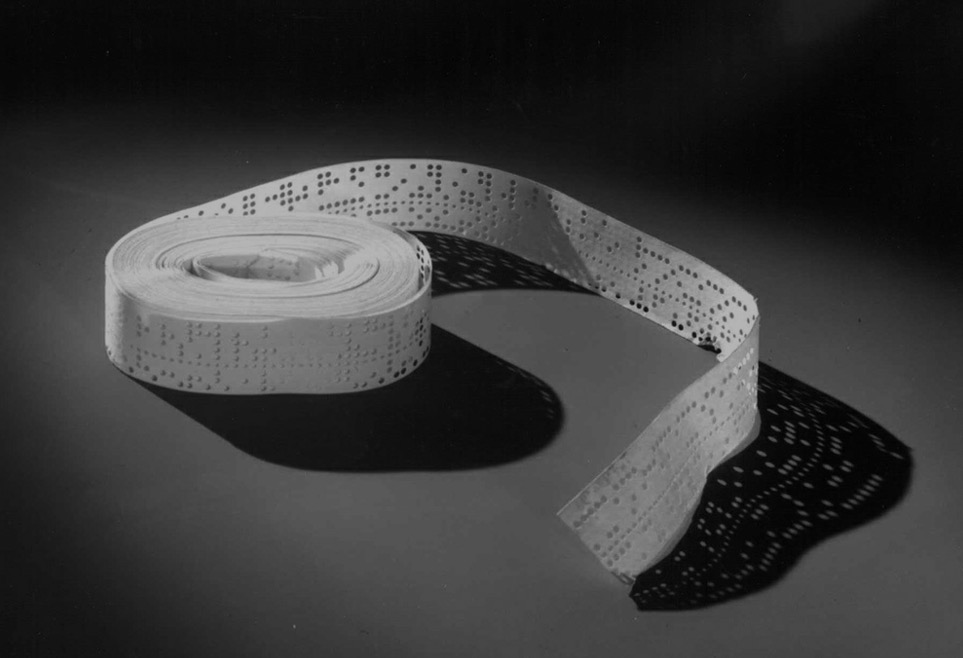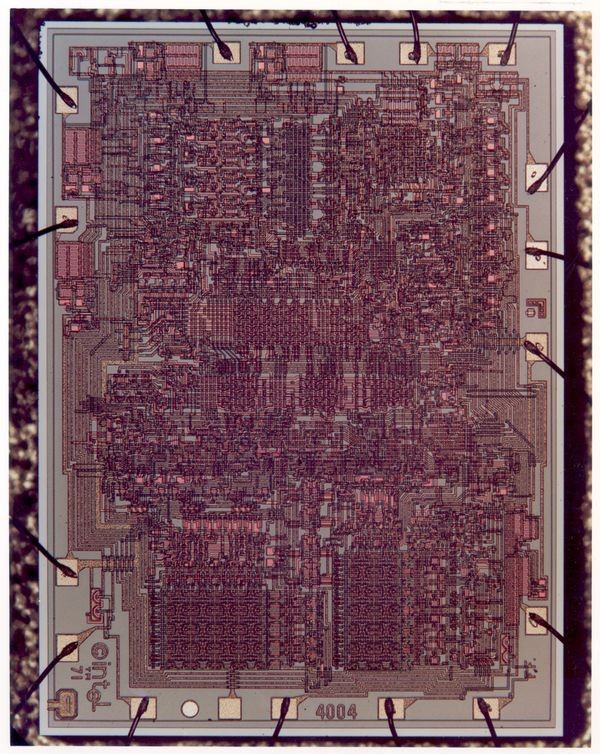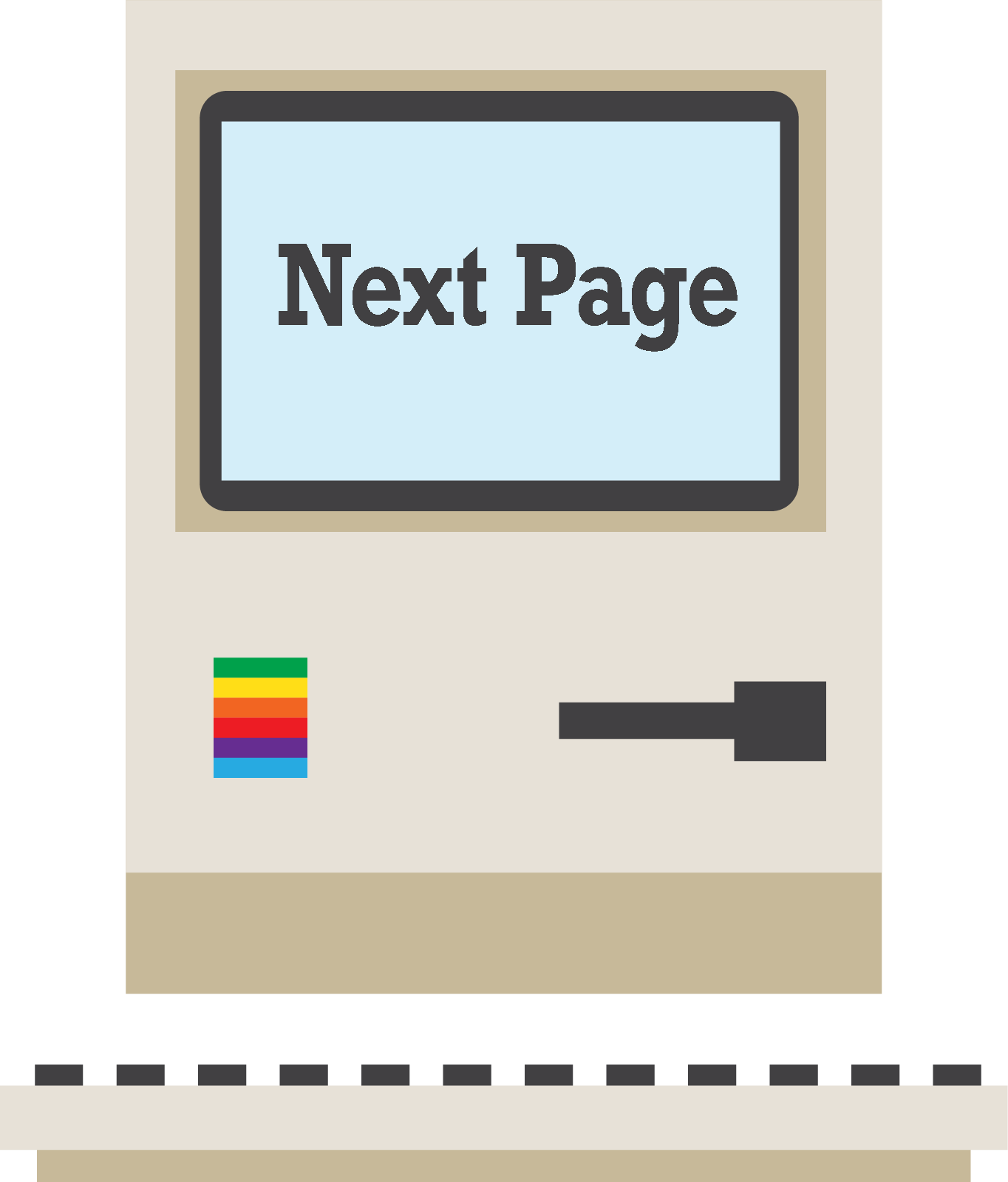
Early Developments of the Personal Computer
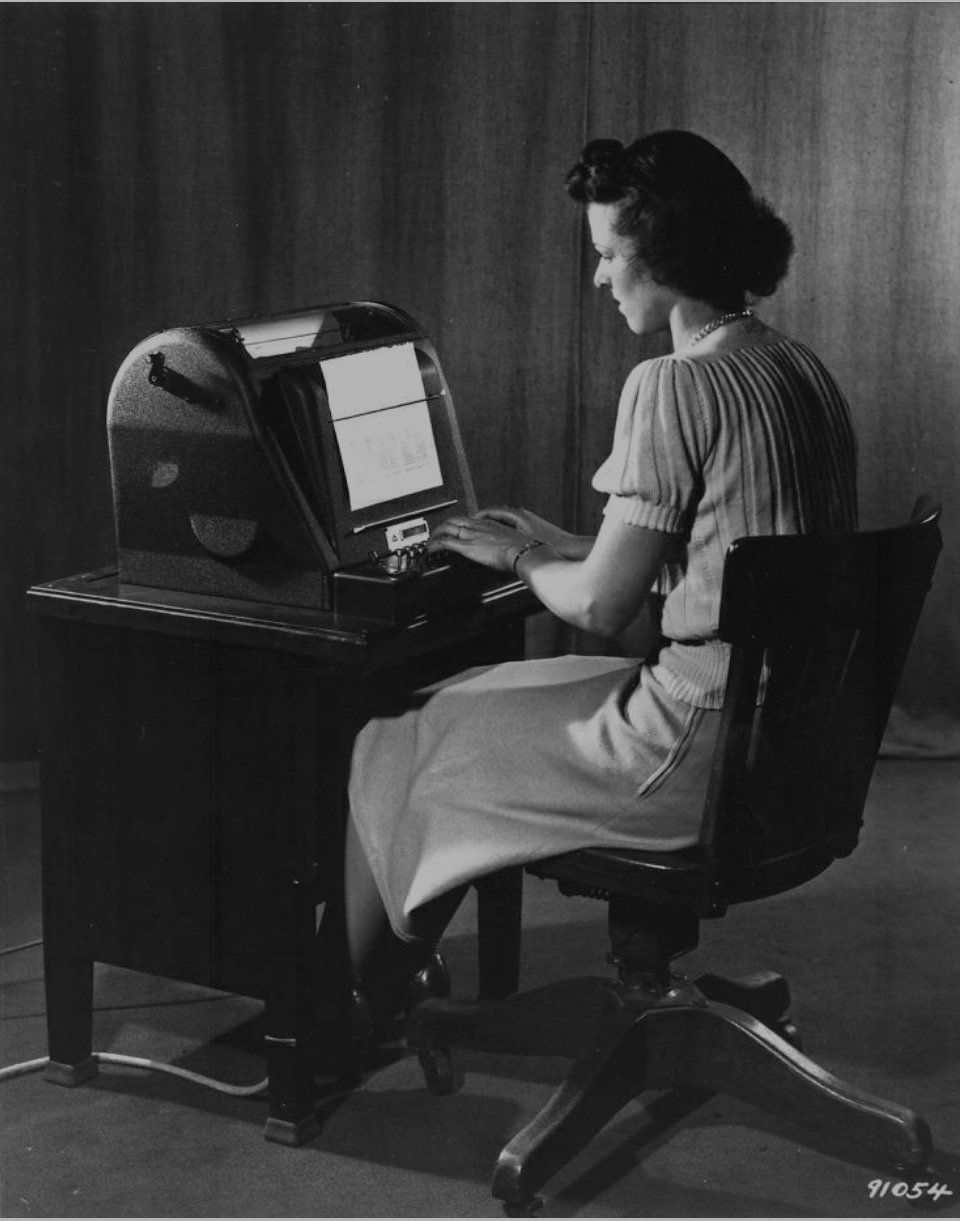
Secretary working on telephone switching equipment
Figure 1.1a. Computing: A Concise History, by Paul E. Ceruzzi, Kindle ed., The MIT Press, 2012.
Bell Telephone Laboratories
In the 1930s, Bell Telephone Laboratories started manufacturing telephone switching equipment, which could transmit electrical signals and mechanically calculate equations. Later, the lab invented the transistor in 1947, replacing the large vacuum tubes in computing appliances.
Military Machines
During World War II, the sophisticated calculations required for wartime ballistics increased the need for high-speed calculators. In 1942, physicist John Mauchly began designing the ENIAC (Electronic Numerical Integrator And Computer), one of the first large-scale computers without slow mechanics.
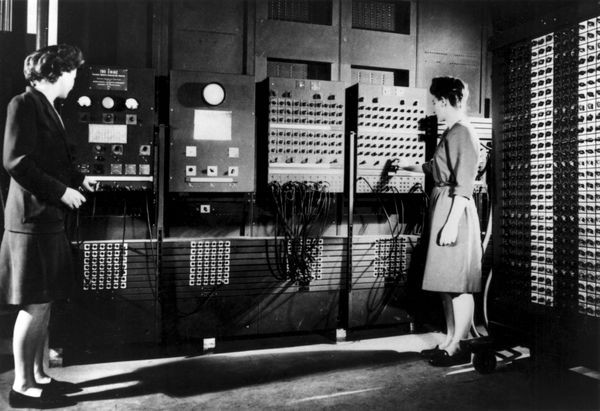
Women programming the ENIAC
ENIAC computer, women programmers. ca. 1946. Artstor, library.artstor.org/asset/SS37618_37 618_40216804.
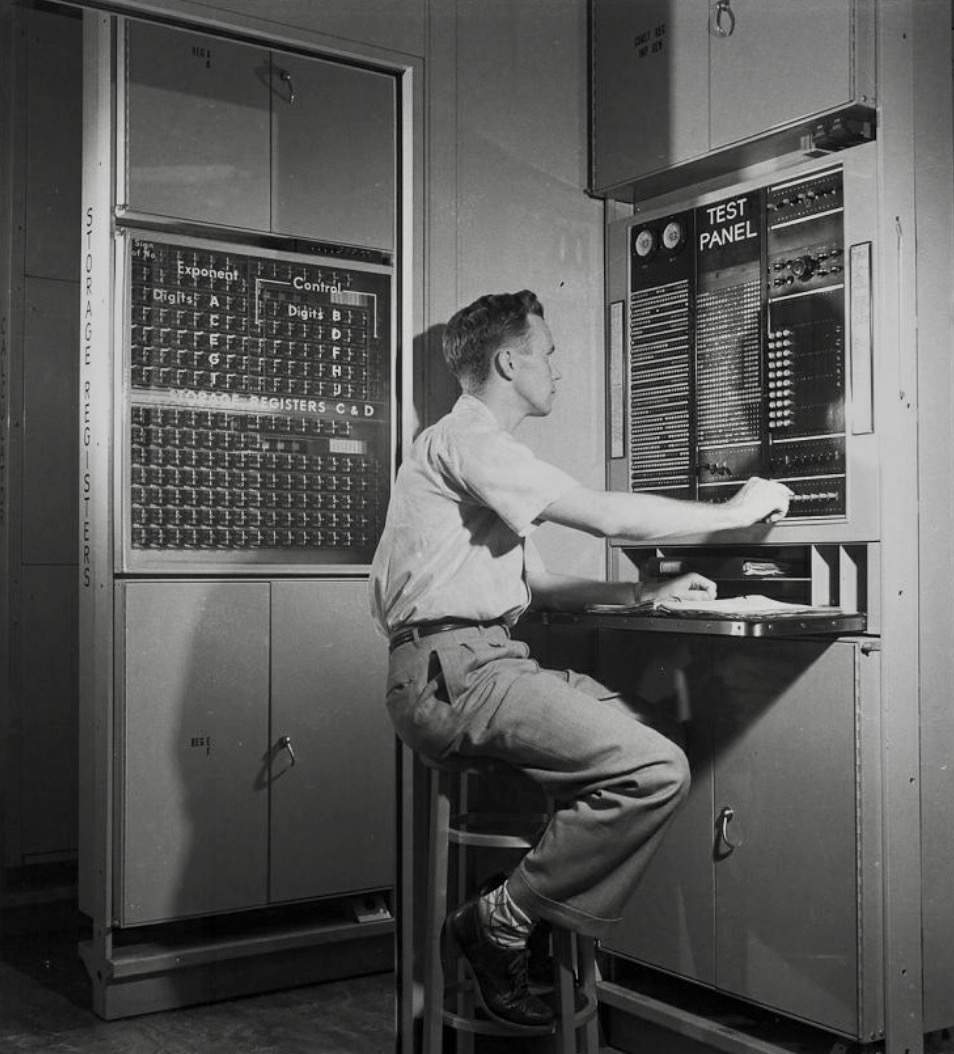
Telephone switching equipment used to calculate data
Figure 1.1b. Computing: A Concise History, by Paul E. Ceruzzi, Kindle ed., The MIT Press, 2012.
Miniaturization
"Dr. Mauchly [inventor of the ENIAC discussed above]... said that in a decade or so everyone would have his own computer."
- The New York Times, 1962
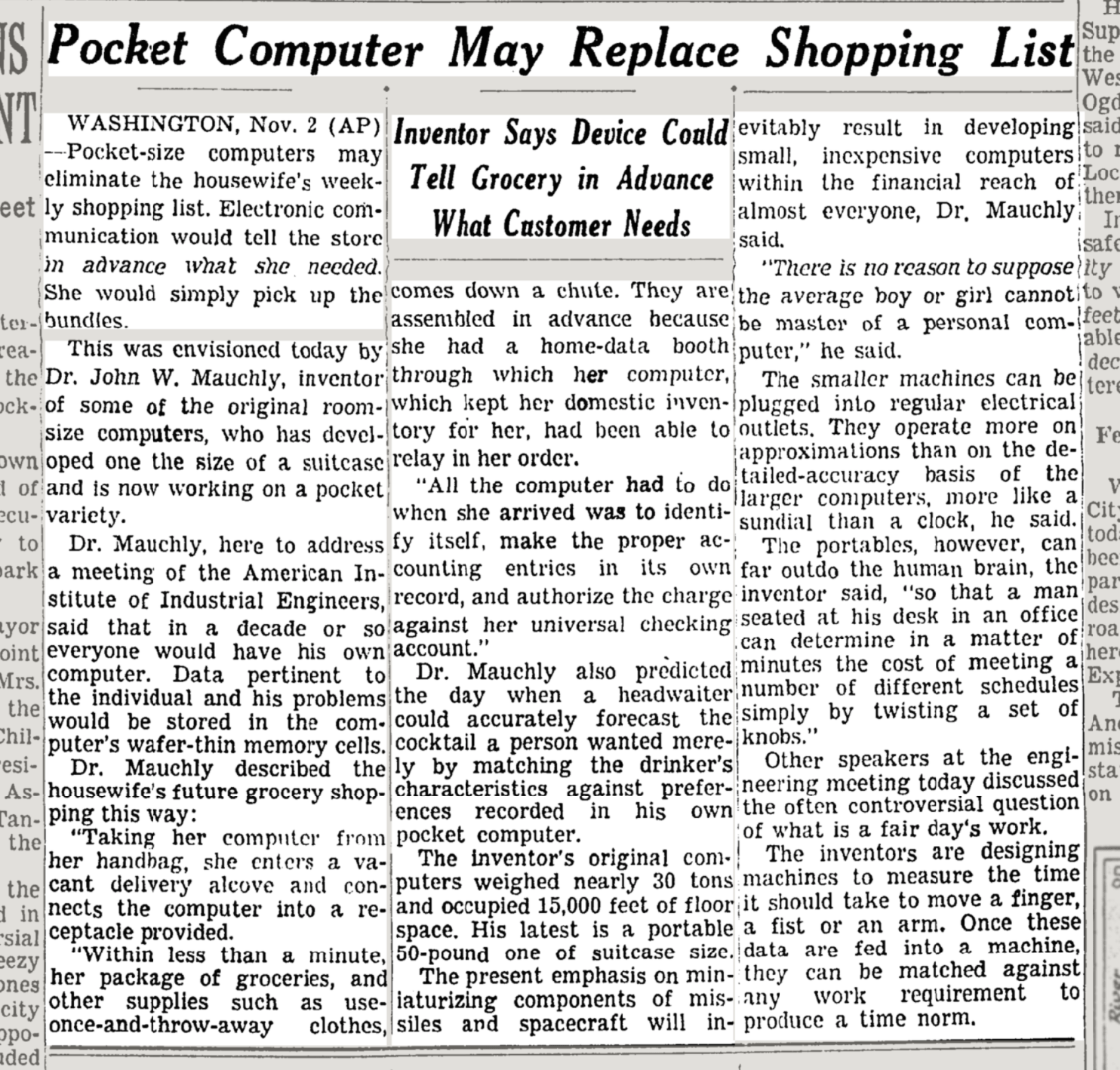
"Pocket Computer May Replace Shopping List." The New York Times, 3 Nov. 1962, p. 23.
In 1971, Intel scientist Theodore Hoff invented a microchip that stored more data and processed information at higher speeds than a transistor for a fraction of the size. Integrated circuits fit thousands of transistors on a chip, significantly increasing a computer's speed and memory
The development of the teletype allowed computers to process data in the form of rolled paper punched with columnized holes. Early personal computer programs would be written on the teletype machine.
The First PCs
Hewlett Packard released the first personal computer designed for engineers and scientists in 1972; the model featured language, a memory storage device, a keyboard, and a display. The first PC to hit the general market was the Altair 8800 in January of 1975. It came in a kit for $395 and was aimed at hobbyists who built their own electronic devices. A year later, Apple I was released to the general market fully assembled. IBM's entrance into the personal computer industry in 1981 helped solidify the invention, with over 20,000 machines selling in the first months.
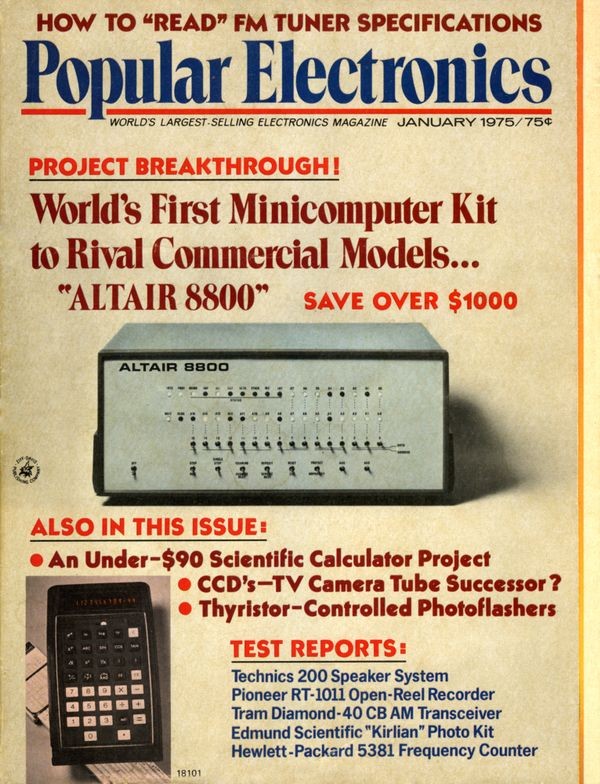
"Cover of January 1975 issue of Popular Electronics." 1975, Popular Electronics.
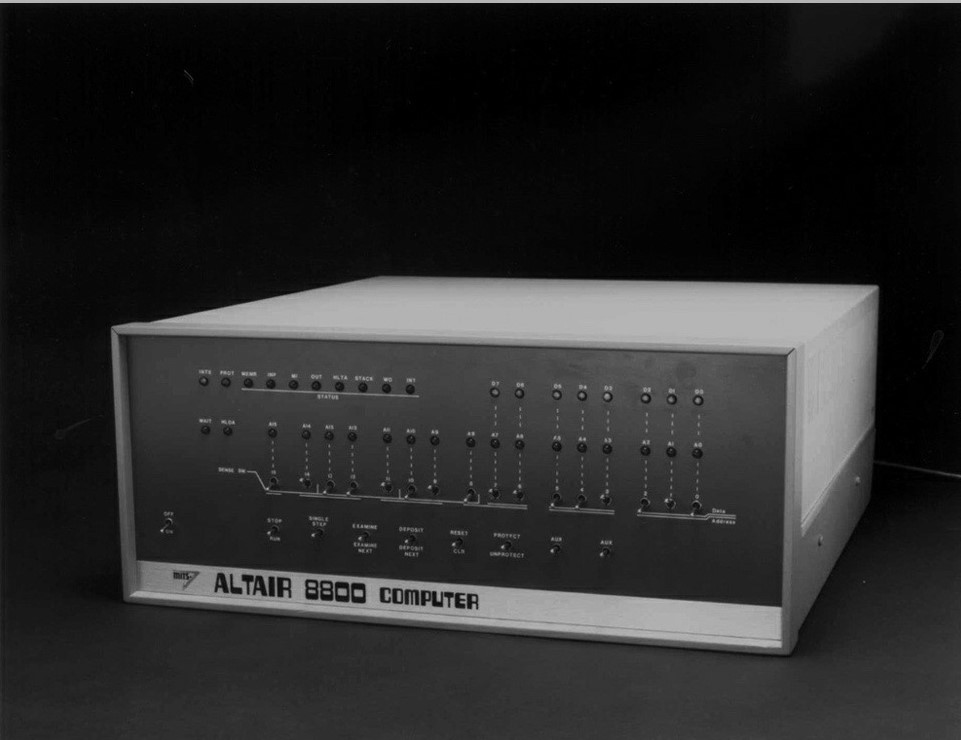
The Altair 8800 PC
Figure 1.2b. Computing: A Concise History, by Paul E. Ceruzzi, Kindle ed., The MIT Press, 2012.
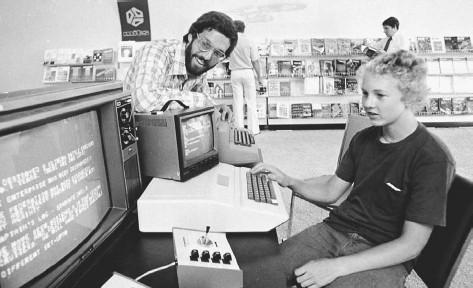
A young boy being shown how to operate a computer
"Richard Connor plays a game on a personal computer..." American Decades Primary Sources, edited by Cynthia Rose, vol. 8: 1970-1979, Gale, 2004.
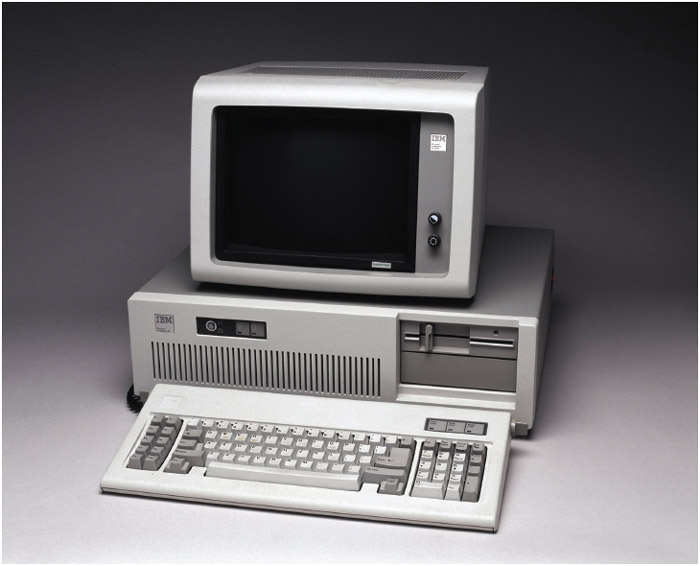
IBM personal computer model
"The IBM personal computer pictured here was introduced in 1984 as the AT (Advanced Technology)..." Gale Encyclopedia of U.S. Economic History, edited by Thomas Riggs, 2nd ed., vol. 2, Gale, 2015.
